Sometime between June and Pumpkin Spice Latte a new annual tradition has emerged: the fire season. Forest fires and their effects are changing the American West and the people who live there. What can we do against it? We answer your most important questions about preparation and safety in Seattle.
What to Know About Washington Forest Fires
Are there forest fires in Washington right now?
The best source to identify and track the fires that occur during the summer is the map from the Northwest Interagency Coordination Center, one of 11 locations established nationwide to gather information from federal and state fire departments. Your fire map traces the extent of each fire; The state’s Department of Natural Resources has a similar website that has information on initial reports of a fire and whether the cause is known.
Are forest fires worse lately (or does it just look like it?)
“It’s not just about human perception,” says Nick Bond, the state climatologist and researcher at the University of Washington. “While the number of forest fires in Washington state has remained roughly the same over time, the number of acres burned has definitely increased since the turn of the century.” But there are better and worse summers; 2019 was rather cloudy, while 2020 included an apocalyptic week after Labor Day. Still, Bond says, the trend towards warmer, drier summers in the Pacific Northwest means bigger fires – and, he notes, an earlier onset of a problem that used to be most noticeable back in school.
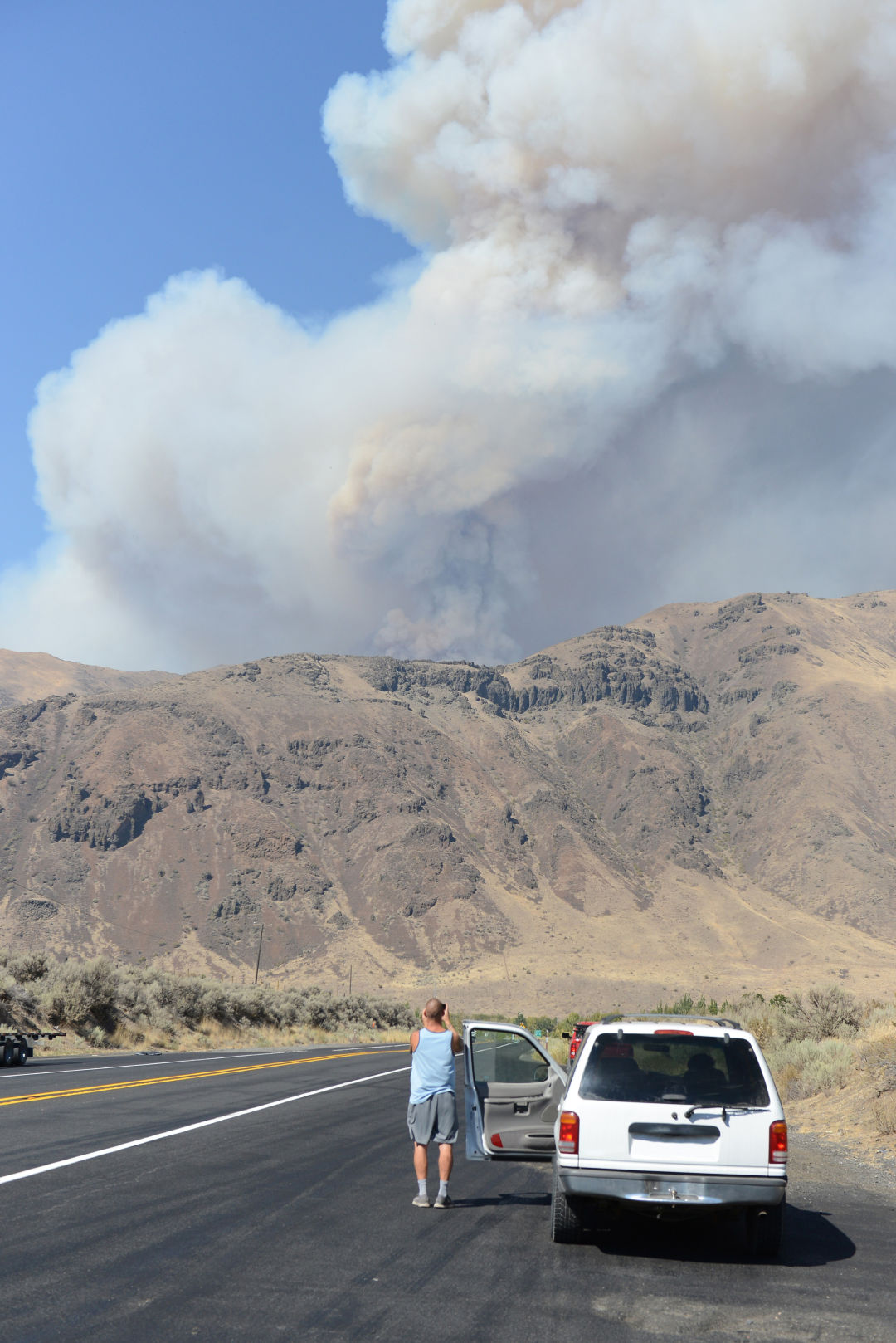
How do we stop forest fires?
By not igniting the conflagration in the first place. A whopping 80 to 90 percent of fires in wild areas are caused by human activities, from willful arson to careless campfires – which is why fire bans and closings of recreational areas apply in the Pacific Northwest during the summer. S’mores: Now a winter feed.
How can we make the fires that start less destructive?
Fire suppression – like draining water – is usually the game plan these days; In fact, when it works, it allows dry fuel to build up, which occasionally leads to huge burns. But Native Americans experienced many dry seasons prior to the white colonization, and they had their own tools, including the flames themselves. “Native Americans used fire all along to improve the habitat for game, berry fields and more,” says Bond ; regular controlled burns reduced the fuel load. But such preventive measures are “tricky and slow,” he admits. Manual tree thinning might also help, but Bond notes that “DNR had to spend so much on fighting fires that it couldn’t do some of these things to minimize the threat.”
Are forest fires an Eastern PNW thing?
Well, forest fires are certainly more common on the other side of the Cascade Ridge, but that doesn’t rule out the damp half of the state. The Tillamook Burn, begun in 1933, destroyed approximately 350,000 acres of forest to the west. Make no mistake: this is everyone’s problem.
What you should know about Seattle’s smoke forecast
Where is the smoke coming from?
Hazy air may have nothing to do with the Washington forest fires. Burns in Oregon, Northern California, and even British Columbia can drift into our city limits. If that seems extreme, keep in mind that western forest fires can disrupt the air on the east coast.
What is the smoking forecast for Seattle?
While the usual weather report is in the form of temperature and precipitation forecasts, the air quality forecast is all about the AQI, the environmental protection agency’s 0-500 scale. The State Department of the Environment offers a simple five-day forecast map, but also contributes to the Washington Smoke Blog, a partnership that includes tribal organizations, the US Forest Service, and the State Department of Health. In addition to detailed smoke forecasts, articles provide an overview of the current fire situation.
What’s so bad about smoking?
What is this, an episode of Mad Men? Smoke is bad for the lungs – and when you consider that we humans have to breathe in a good third or a half liter of air every few seconds, we can’t escape the dirty air. Dan Jaffe, professor of environmental chemistry at Bothell UW, states that hazy air is “an amazing toxic array of chemicals.” Particulate matter in smoky air can damage the alveoli in the lungs, which in turn puts a strain on the heart. Not great, Bob.
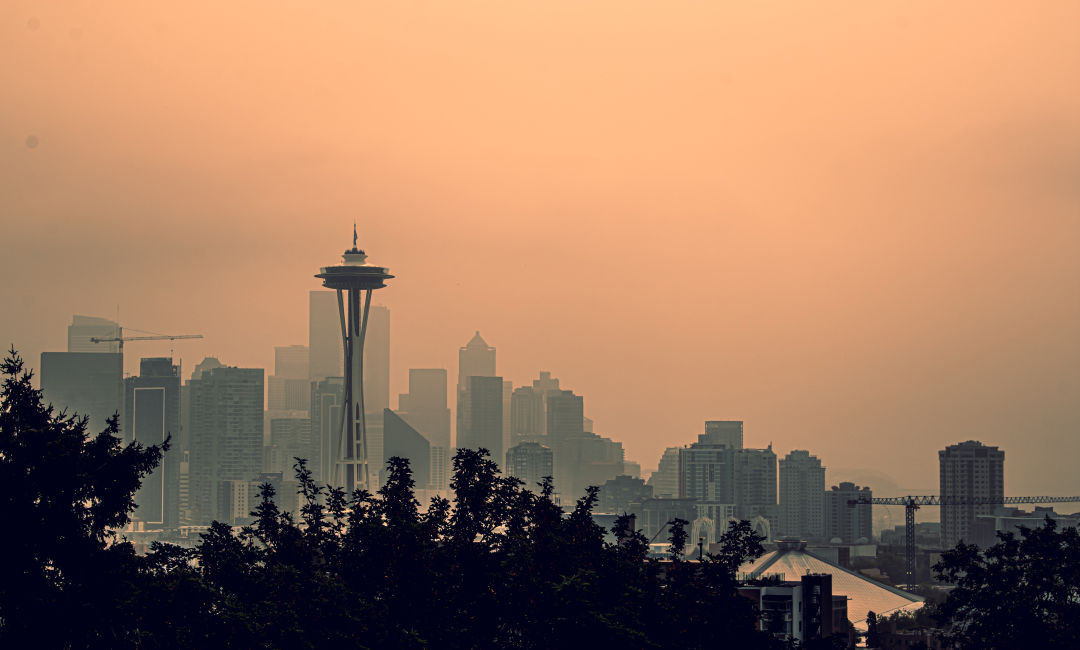
Is the smoke getting worse?
Yes. “In 2018 we reached the highest particle concentration that we have ever seen in the 26 years or so that we have measured,” says Jaffe. And then the 2020 numbers were more than double what they were in 2018. However, he notes that “the dose makes the poison” – which means that it would be much worse to be at home next to a burning wood-burning fireplace all day stand like a short trip through the misty air.
What should i do if it smokes?
First step: stay inside. Next step: filter. Jaffe notes that we are fortunate enough to live in a time when effective filtering is relatively cheap. He tried to attach a MERV-13 filter, which is plentiful (and relatively cheap) in hardware stores and on the Internet, to a box fan; He used a particle counter to prove that his simple hack did a great job, although the exact filter number is crucial.
Do i need an air purifier?
Dedicated machines are great, says Jaffe, but the price can be a deterrent and they purify a limited amount of air. If you have one with a HEPA (high efficiency particulate air filter) filter that is even better than a MERV-13, you can call a room a “clean” area and lock the doors to the rest of the house.
Should I wear my Covid masks when it smokes?
This is where things get a little complicated. Since the particles in smoke are so tiny, less than a micrometer in diameter, a cloth mask is unlikely to do much; the state DOH states that only N95s (or KN95s) do the trick. In 2020, the availability of these particular masks was so limited that it was best to leave them to health professionals. In addition, the exhalation valves found on many are not particularly good at Covid protection. The short answer? Wear your Covid masks for Covid reasons and put on a smoke-ready mask if you have one.
Is Smoking Worse For Some People Than Others?
Yes. People with compromised circulatory or respiratory systems are worst hit by smoke – and Covid-19 survivors may be particularly at risk. Given that it is much better indoors than outdoors during a smoky time, unhoused Seattleites are at greater risk for potential health effects; The city opened emergency smoke shelters in 2020, but only a few days after the worst smoke development this year. Other populations at risk are children who have less developed lungs and are therefore less equipped to deal with dirty air. And for those of us who think that pets are humans too, animals are also at risk, especially farm animals and birds.
Does smoke at least make our sunsets more beautiful?
Well sometimes. But it’s a lousy compromise.
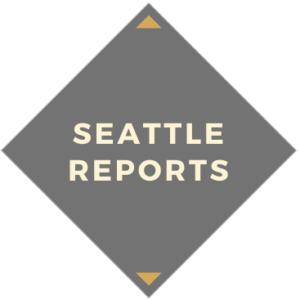

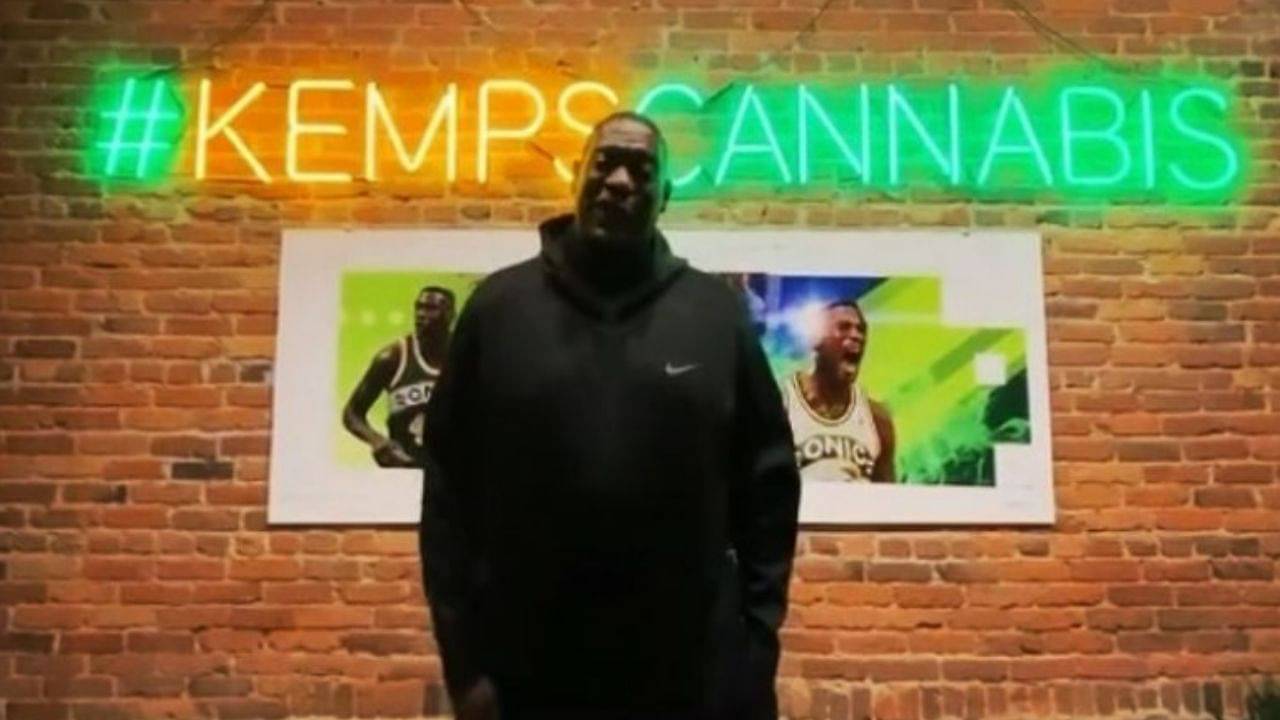




:quality(70)/cloudfront-us-east-1.images.arcpublishing.com/cmg/BPEI2QQ76SHPPOW6X6A6WHEGX4.jpg)
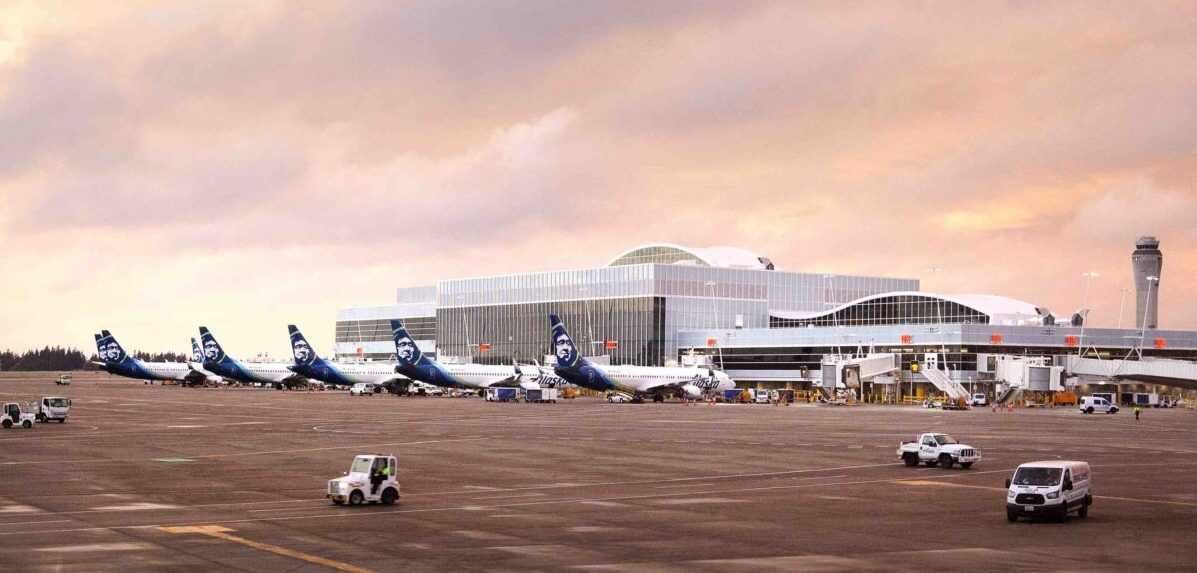

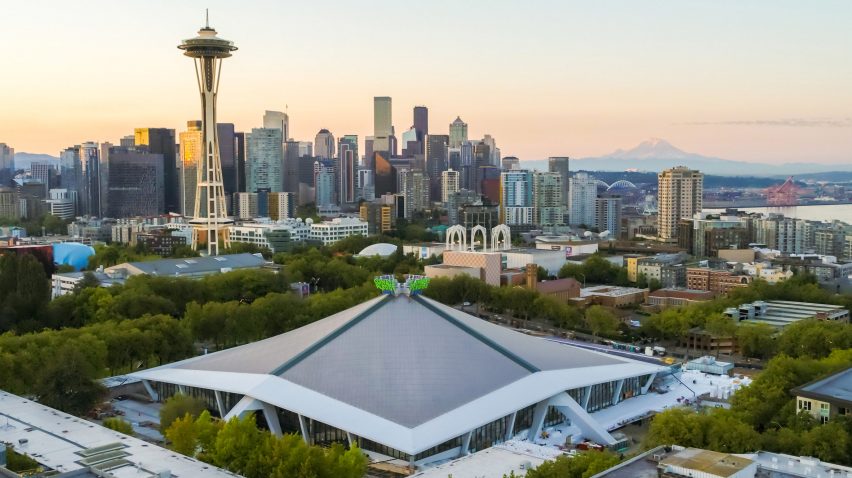

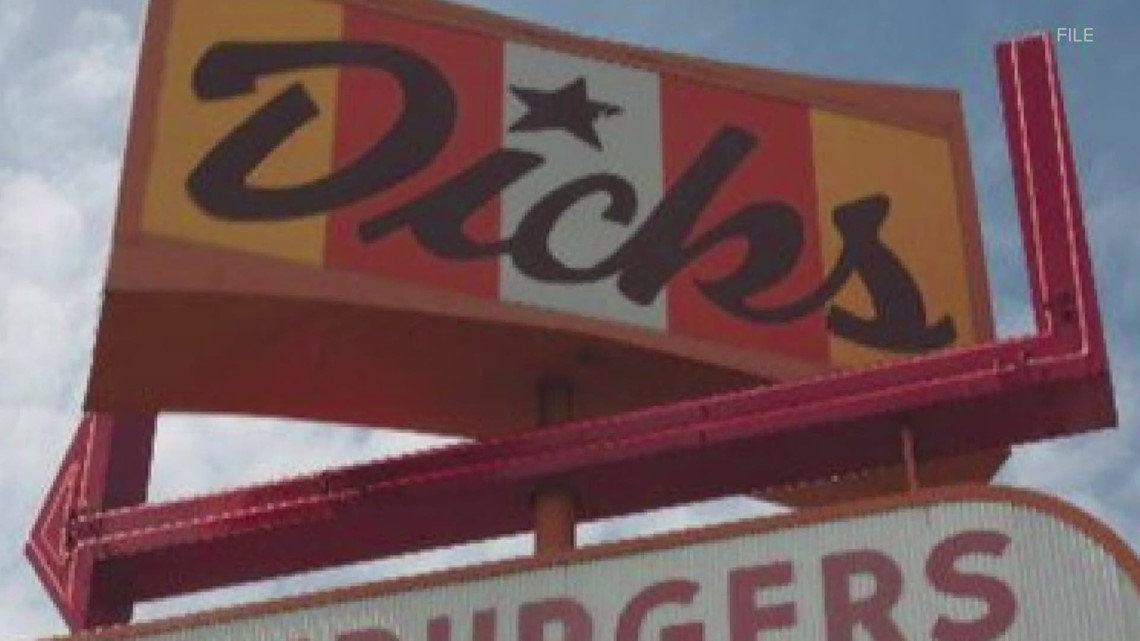
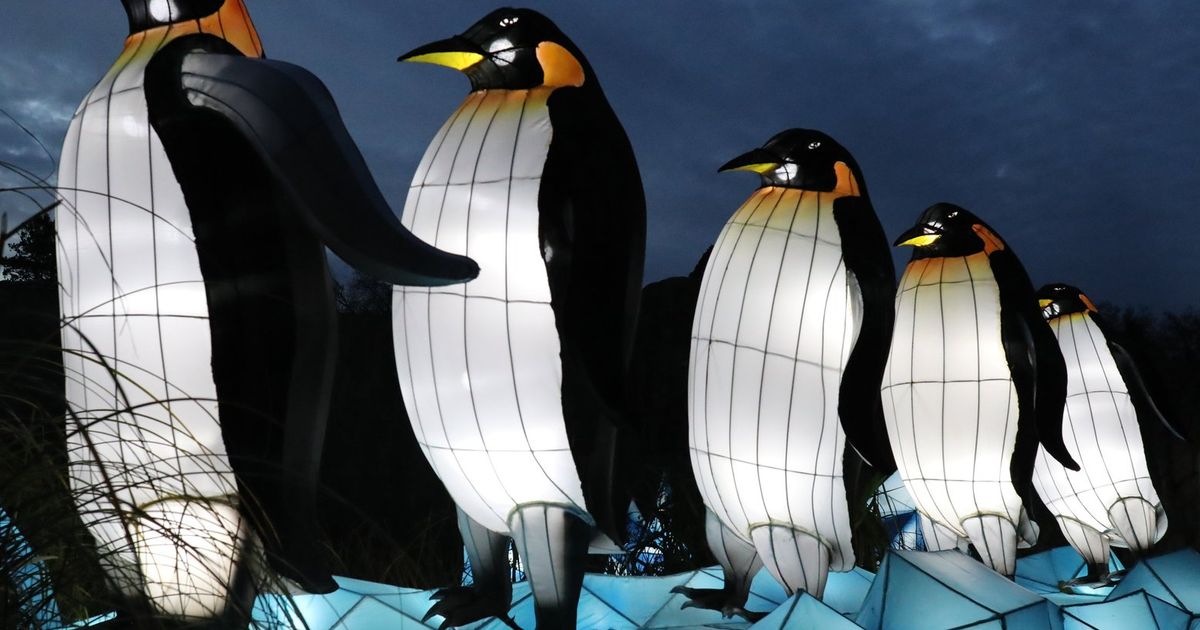


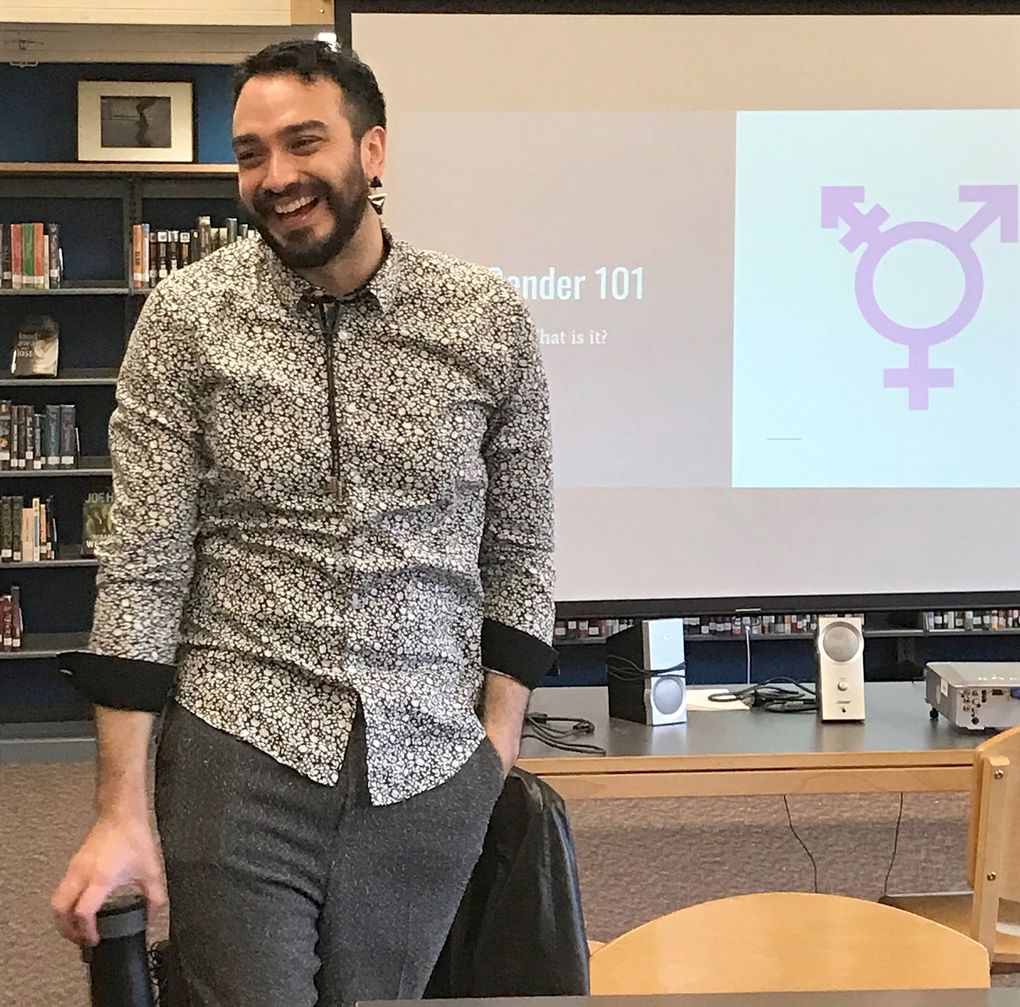
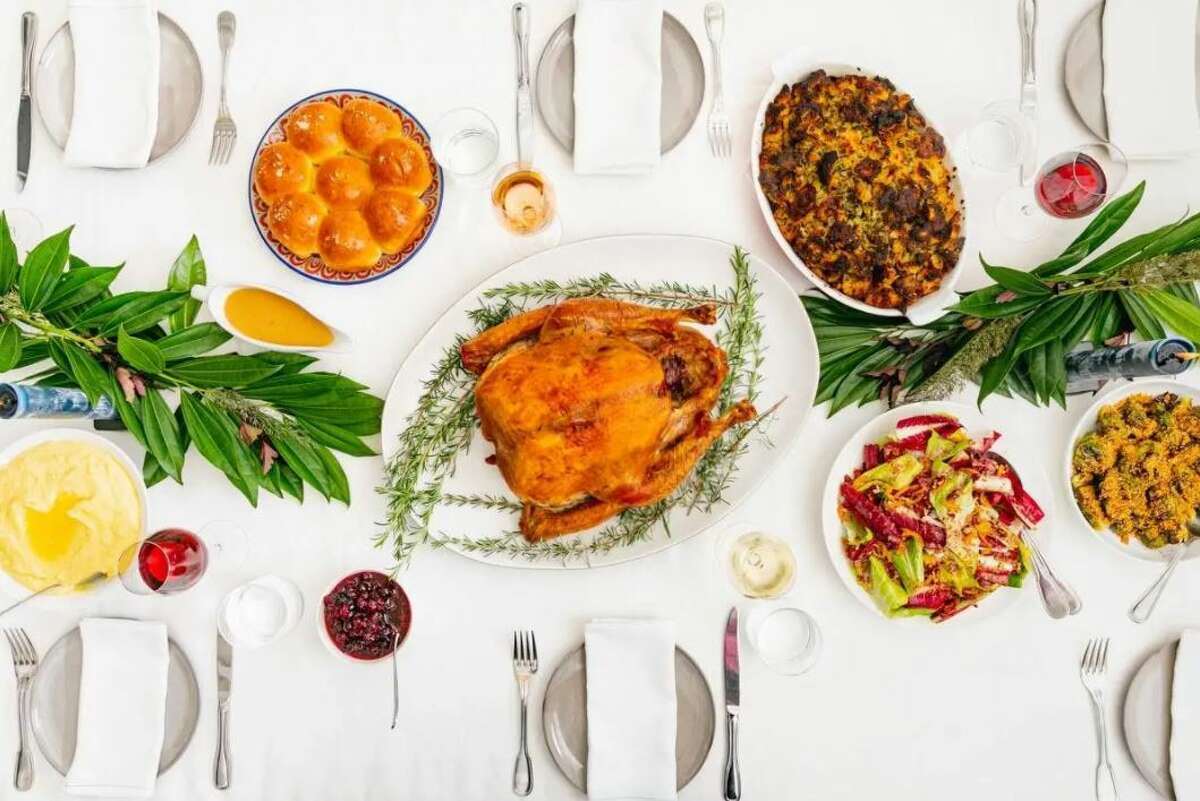



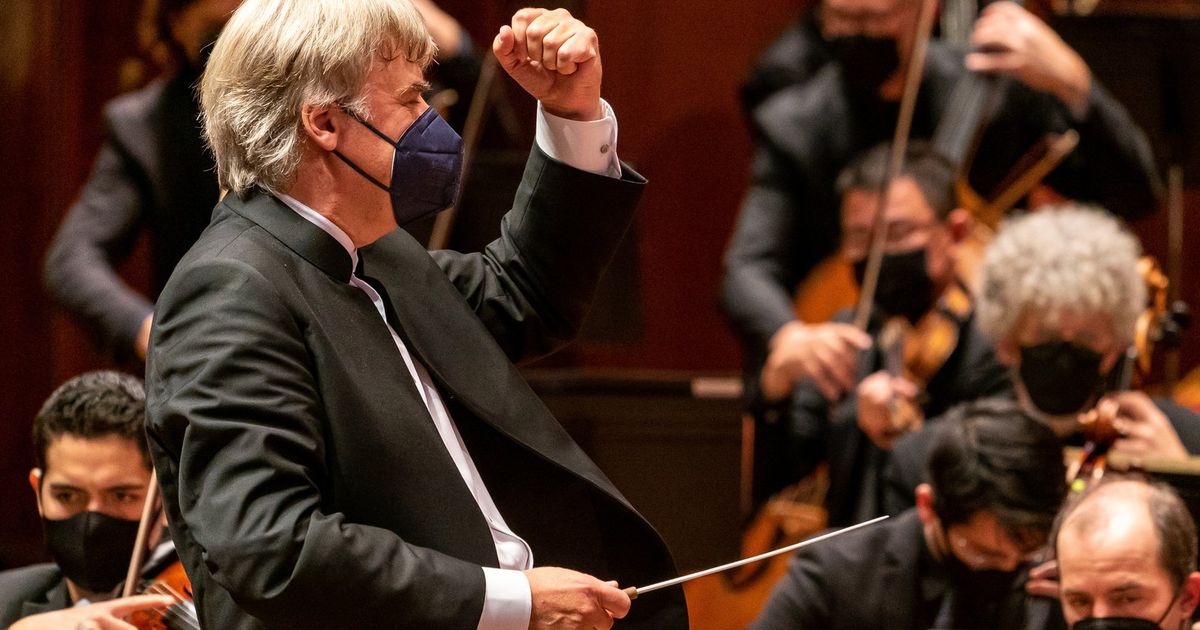
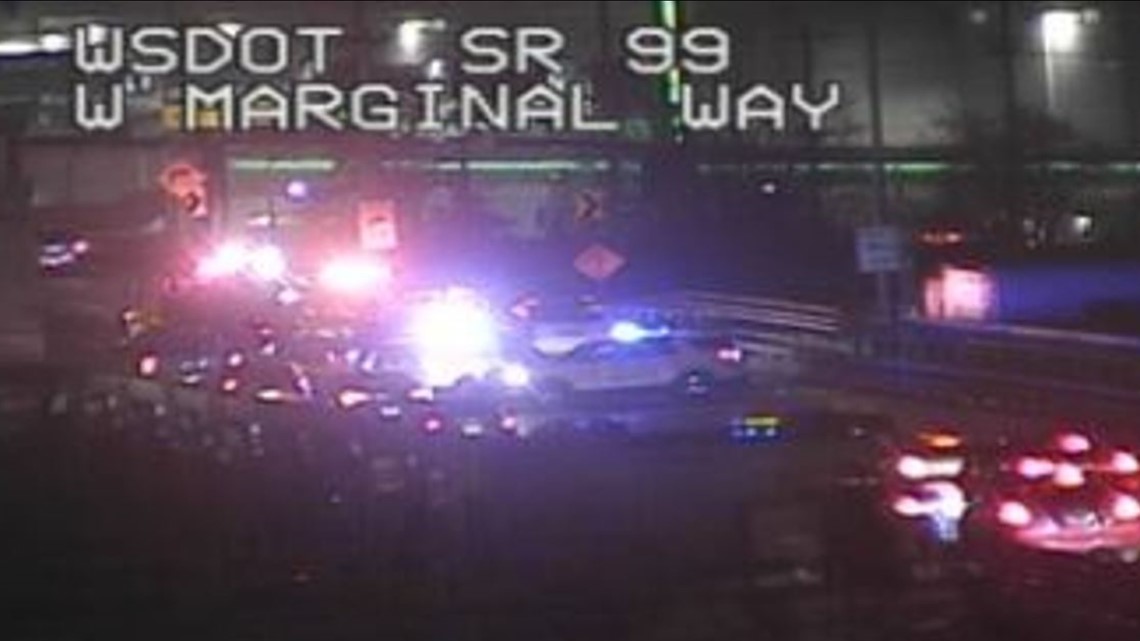

:quality(70)/cloudfront-us-east-1.images.arcpublishing.com/cmg/GLQND2AXQQO2G4O6Q7SICYRJ4A.jpg)




